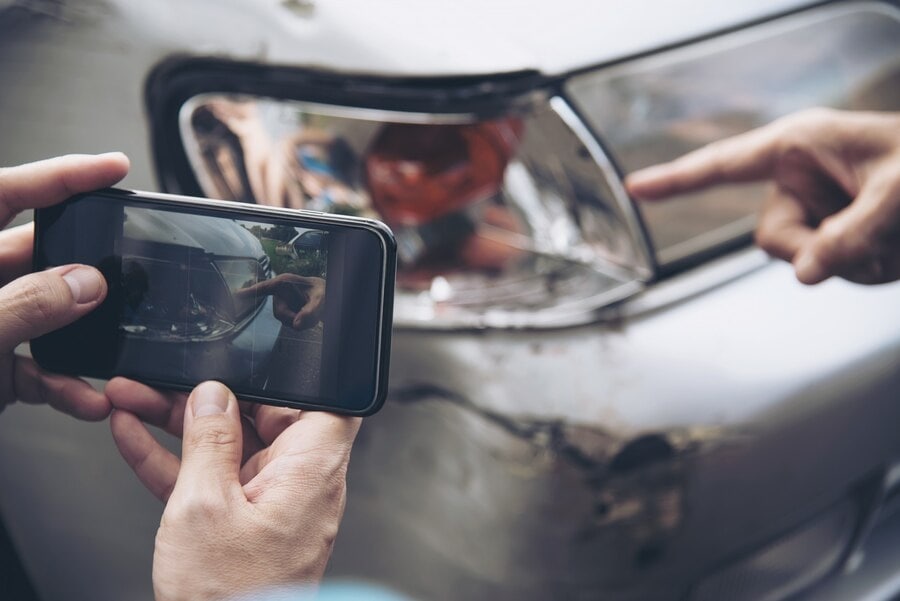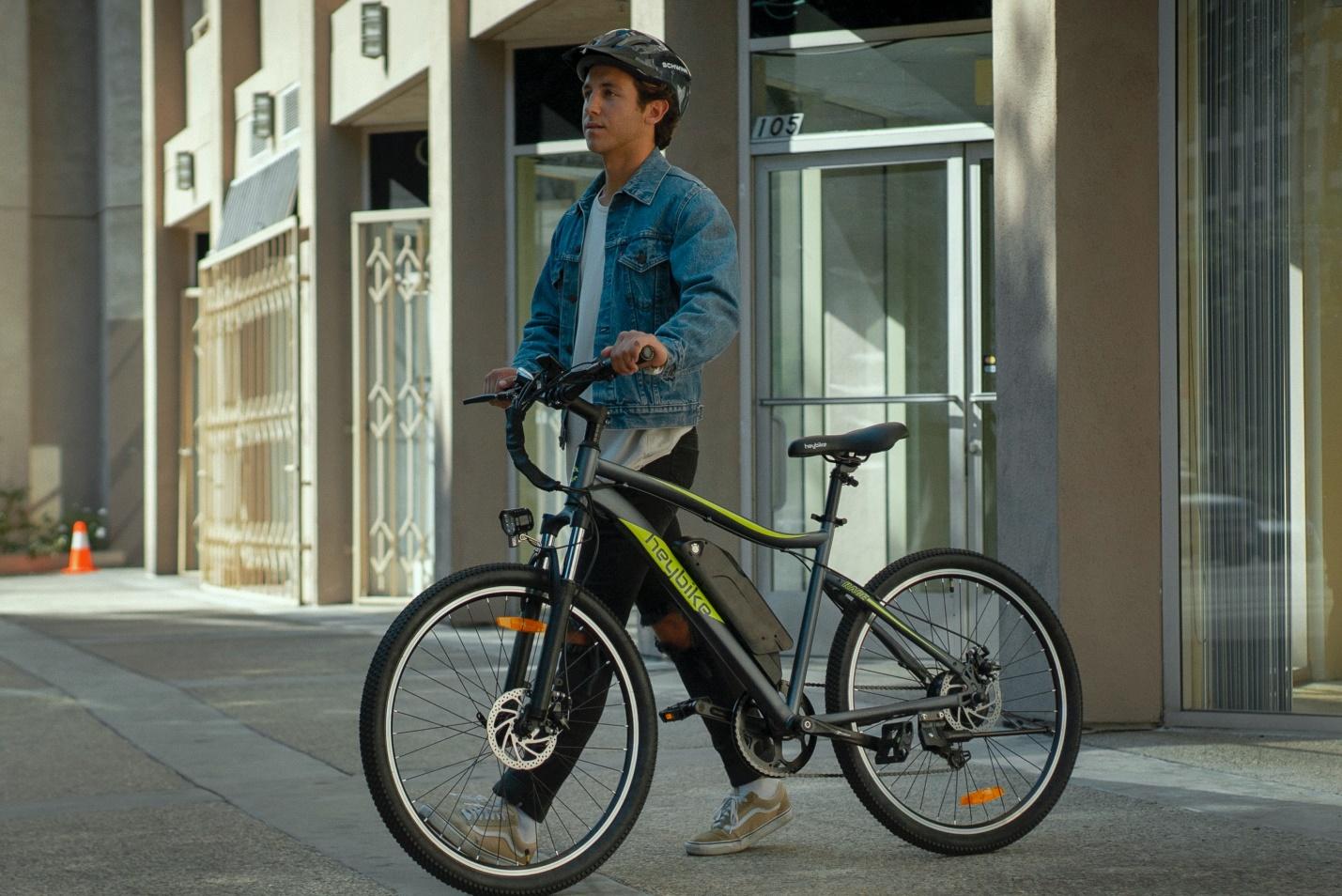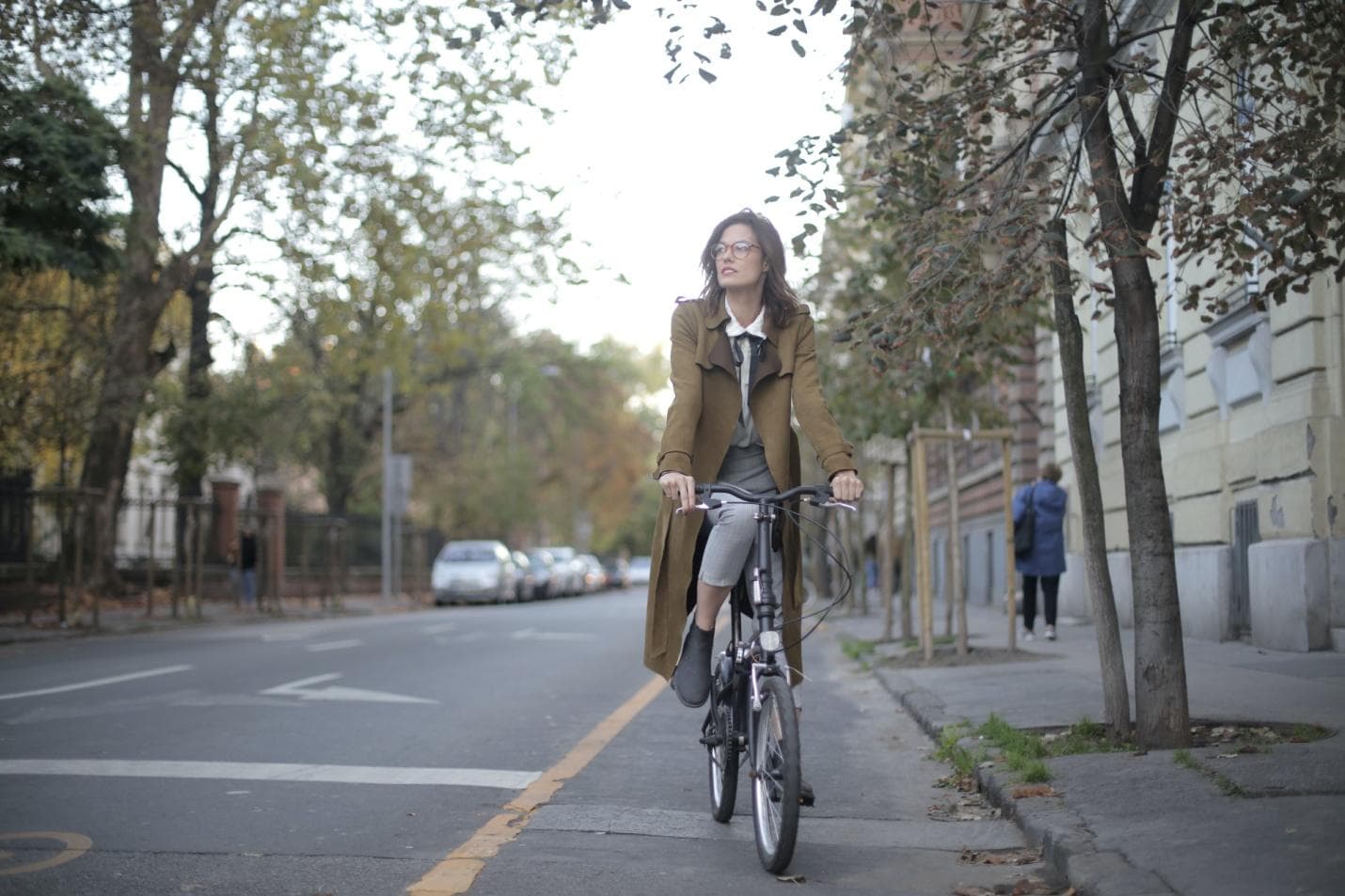
Car accidents are unexpected and can overwhelm and disorient those involved. Amid the confusion, questions arise about what to do next. One common query that individuals have is whether it’s legal to take pictures of the accident scene. In this article, we’ll explore the legal considerations surrounding this issue and shed light on capturing the aftermath of a car crash.
Should I Take Pictures at the Accident Scene?
As a Nevada-based law firm, we often encounter clients seeking guidance on what steps to take after a car accident. One of the first considerations is whether taking pictures at the accident scene is permissible. The short answer is yes, but there are essential nuances to understand.
When involved in a car accident, documenting the scene through photographs can be crucial for several reasons. These photos can serve as valuable evidence in legal proceedings, insurance claims, and other situations where establishing the facts of the accident is paramount. However, it’s crucial to approach this task with respect for the law and the privacy of those involved.
Is it Illegal to Take a Picture After a Car Accident?
In Nevada, it is generally legal to take pictures of an accident. However, individuals should be mindful of privacy concerns and safety regulations. While capturing the scene for documentation purposes is permissible, it is essential to avoid obstructing law enforcement or emergency responders and to follow any instructions they provide. Respecting the privacy and dignity of those involved is crucial, mainly if there are injuries. Adherence to traffic laws and ensuring personal safety while taking photographs are essential considerations to avoid legal complications.
What are the Legal Considerations?
Taking pictures at the accident scene is generally legal, but some essential legal considerations must be remembered. While you have the right to document the aftermath of an accident, it’s necessary to be mindful of the following:
Respect Privacy:
Avoid taking pictures of involved drivers who are injured or in distress. Focus on capturing the damage to vehicles, road conditions, and other relevant aspects without compromising the privacy of accident victims.
Follow Traffic Laws:
Ensure that taking pictures does not interfere with traffic or violate traffic laws. Always prioritize safety, and if necessary, move to a safe location before capturing photos.
No Trespassing:
Be aware of your surroundings and avoid trespassing on private property to obtain pictures. Stick to public areas where you have the right to be.
Law Enforcement Interaction:
If a law enforcement officer is present, follow their instructions. Sometimes, a police officer may request that you refrain from taking pictures to avoid obstructing their investigation.
Obstruction of Justice:
While taking pictures is generally allowed, obstructing law enforcement or emergency responders in performing their duties is against the law. It’s essential to follow any instructions provided by police officers or other officials at the scene.
Understanding and respecting these legal considerations is crucial to avoid complications arising from improper behavior at the accident scene.
The Importance of Car Accident Photos
Car accident photos can be invaluable evidence in legal proceedings and insurance claims. They can help establish the sequence of how the accident occurred, determine fault, and assess the extent of injuries and property damage. Here’s why these photos are so crucial:
Establishing Fault: Photos can provide a visual record of the accident, helping to establish who was at fault. This evidence can be essential in legal proceedings and insurance negotiations.
Documenting Injuries: If injuries are involved, capturing images of the injuries at the scene can be crucial for reporting their immediate severity and connecting them to the accident.
Assessing Property Damage: Photos allow for a detailed examination of the vehicle damage involved in the accident, aiding in accurate assessment and valuation for insurance claims.
Verifying Road Conditions: Pictures of the accident scene can help document road conditions, such as skid marks, debris, and other factors that may have contributed to the collision.
How to Take Car Accident Photos?
Taking compelling car accident photos requires a strategic approach. Here are some tips on how to capture meaningful and relevant images:
Safety First: Ensure that it’s safe to take pictures. If there is a risk of further accidents or if you are in an unsafe location, prioritize your safety and move to a secure area.
Capture the Entire Scene: Take wide-angle shots to capture the overall scene, including the positions of the vehicles, traffic signs, and any relevant landmarks.
Document Vehicle Damage: Take close-up shots of the damage to all vehicles involved. Make sure to capture different angles to provide a comprehensive view.
Photograph Skid Marks and Debris: Document any skid marks, debris, or other elements on the road that may be relevant to understanding the circumstances of the accident.
Include License Plates: Capture images of the license plates of all vehicles involved. This can be essential for identifying the parties later on.
Photograph Injuries if Appropriate: If there are visible injuries, photograph them without compromising the privacy or dignity of the individuals involved.
Note the Surroundings: Take pictures of the surrounding area, including any relevant traffic signs, security cameras, and businesses. These details can be crucial in reconstructing the events leading up to the accident.
How Can a Car Accident Lawyer Help You?
Suppose you’ve been involved in a car accident and are uncertain about the legal implications of taking pictures or need assistance navigating the aftermath of a collision. In that case, a car accident lawyer can provide invaluable support. Here’s how they can assist you:
Legal Guidance: A car accident lawyer can offer clear and concise legal guidance on your rights and responsibilities after an accident, including the permissibility of taking pictures.
Evidence Evaluation: Lawyers can help evaluate the photo evidence to build a strong case in your favor, whether you are pursuing a legal claim or negotiating with insurance companies.
Negotiation with Insurance Companies: Car accident lawyers are skilled negotiators who can engage with insurance companies on your behalf to ensure fair compensation for injuries and property damage.
Representation in Legal Proceedings: If the case proceeds to court, a car accident lawyer can provide representation, presenting the evidence and arguing your case to achieve the best possible outcome.

Get Help from a Practiced Car Accident Attorney at BLG
In conclusion, capturing the aftermath of a car accident through photographs can be a valuable tool in navigating the legal and insurance processes that follow. Understanding the legal considerations and approaching this task with sensitivity can ensure that you gather essential evidence without compromising the privacy or rights of those involved.
If you’ve recently experienced a car accident and are uncertain about the legal steps to take, don’t wait. Secure your rights and ensure you have the support you need. Contact our experienced car accident lawyers at BLG today. We are here to provide expert guidance, evaluate your case, and help you navigate the legal complexities. Your rights matter take the first step towards a fair resolution by reaching out to us now.
Contact us today for a free consultation.
FAQs
Can you photograph an accident?
Yes, generally, you can photograph an accident. In many jurisdictions, taking photos at the scene of an accident is allowed and can be helpful for insurance claims, legal proceedings, and documenting the details of the incident. However, it’s essential to prioritize safety and not interfere with emergency responders.
Is it OK to take a picture of someone’s car?
Taking pictures, including photographs of someone’s car, is usually permissible in public spaces. However, respecting privacy and not intruding on personal space is crucial. Additionally, be mindful of the specific laws and regulations regarding photography in your jurisdiction.
Why do you need to take a photo if there is an accident?
Taking photos at the scene of an accident serves several vital purposes. It visually documents vehicle damage, road conditions, and any contributing factors. The photographic evidence can be crucial for insurance claims, police reports, and legal proceedings. They help establish a clear and accurate incident record, aiding in resolving disputes and assessing liability.
Is Nevada a no-fault state for car accidents?
As of my last knowledge update in January 2022, Nevada is not a no-fault state for car accidents. Nevada follows a traditional fault-based system, where the at-fault driver and their insurance company are responsible for covering the damages resulting from an accident. However, laws can change, so checking for updates or consulting a legal professional for the most current information is advisable.
How long do you have to report an accident in Nevada?
If the accident involves injury, death, or property damage exceeding $750 in Nevada, it must be reported to the Nevada Department of Motor Vehicles (DMV) within ten days. You should promptly notify your insurance company of this, as they may have specific timeframes for reporting claims. Failure to report within the required timeframes may result in penalties.




